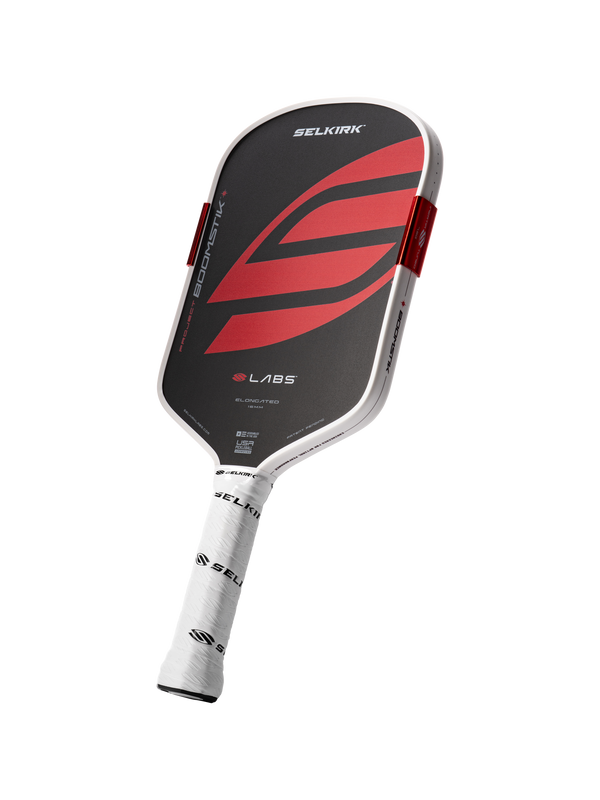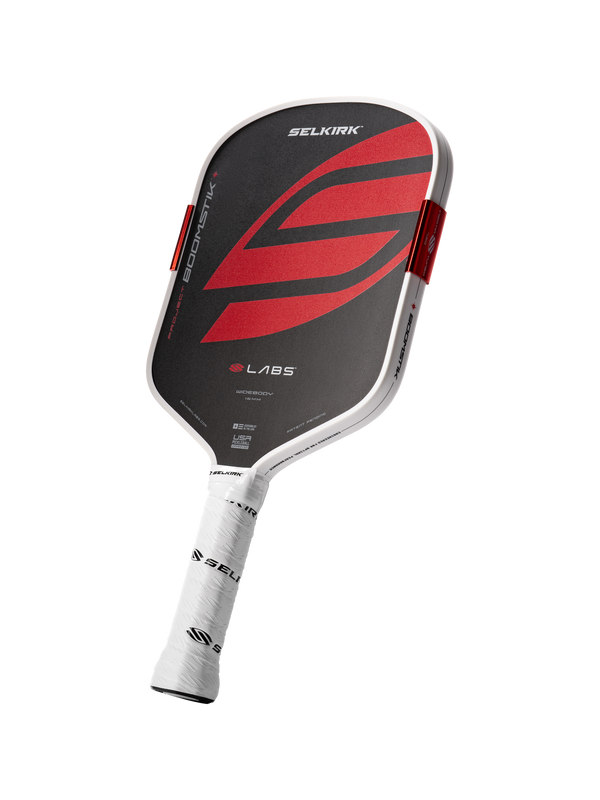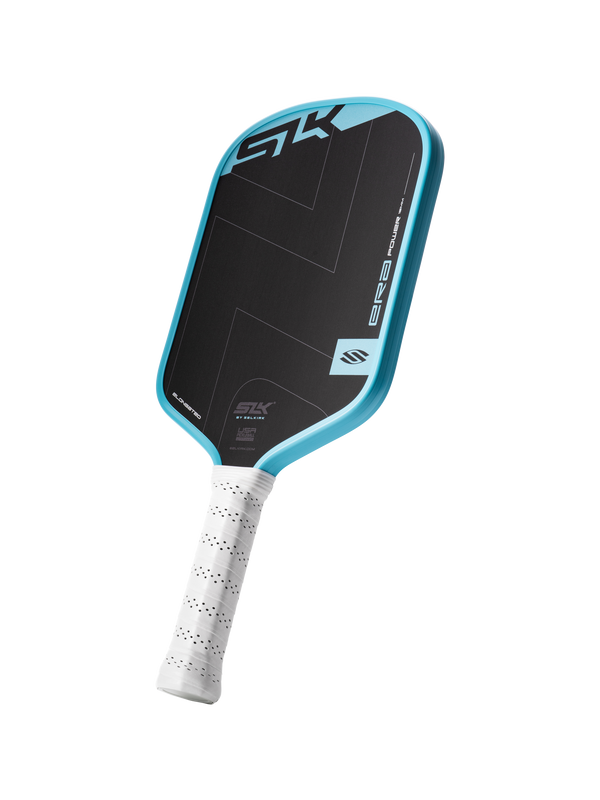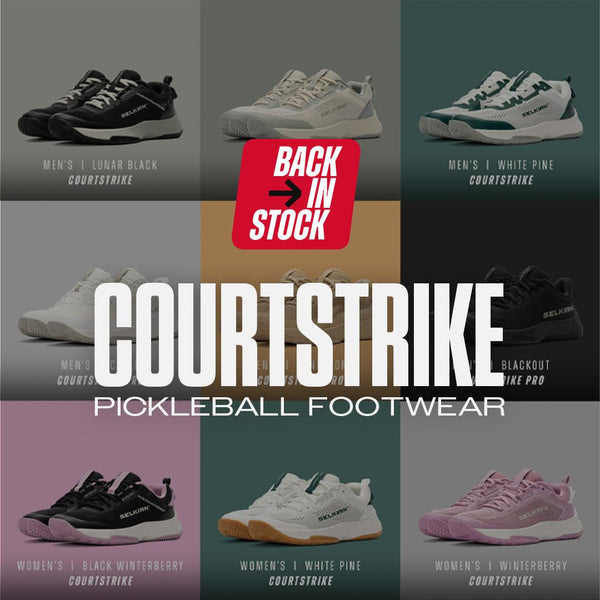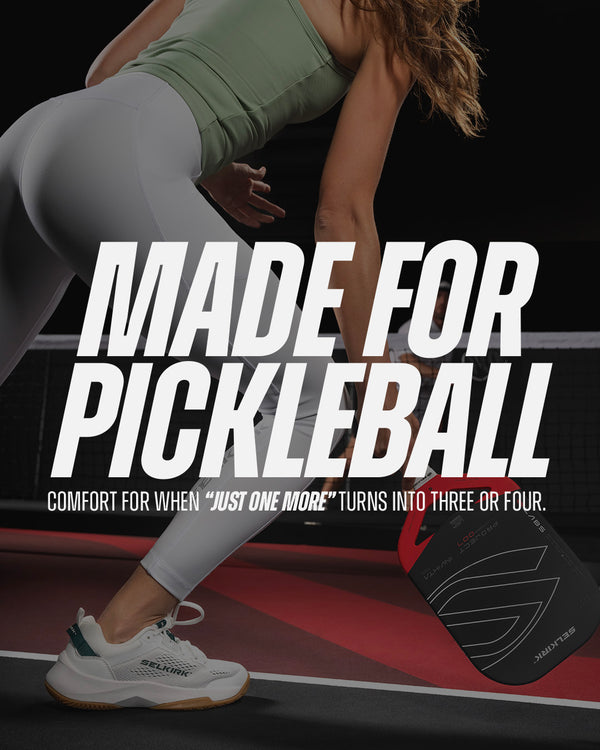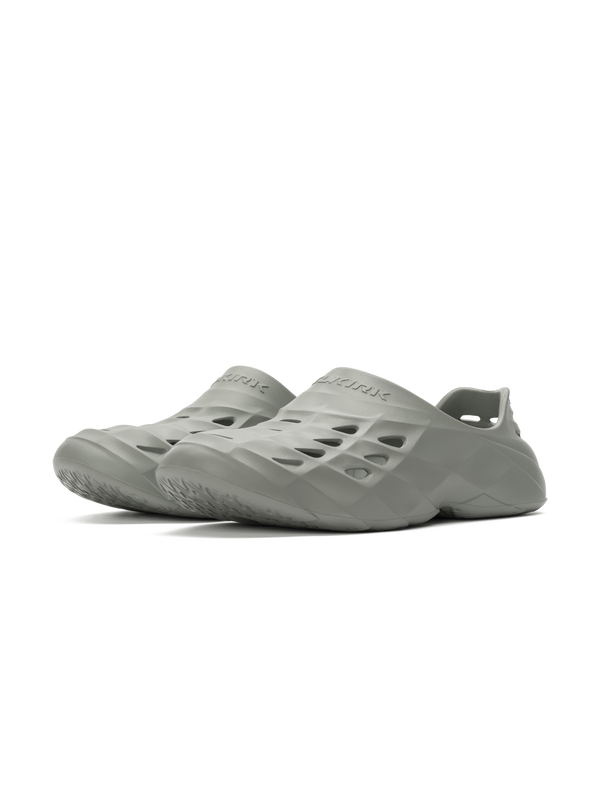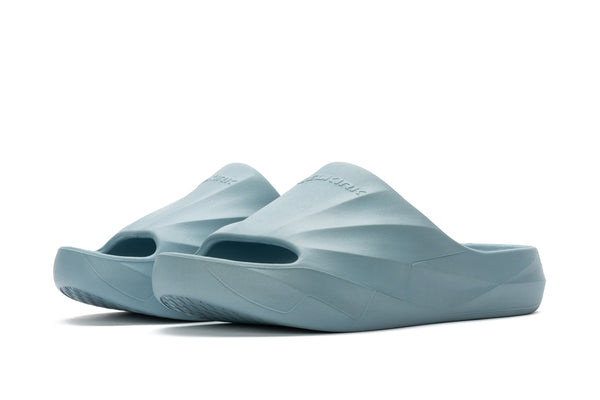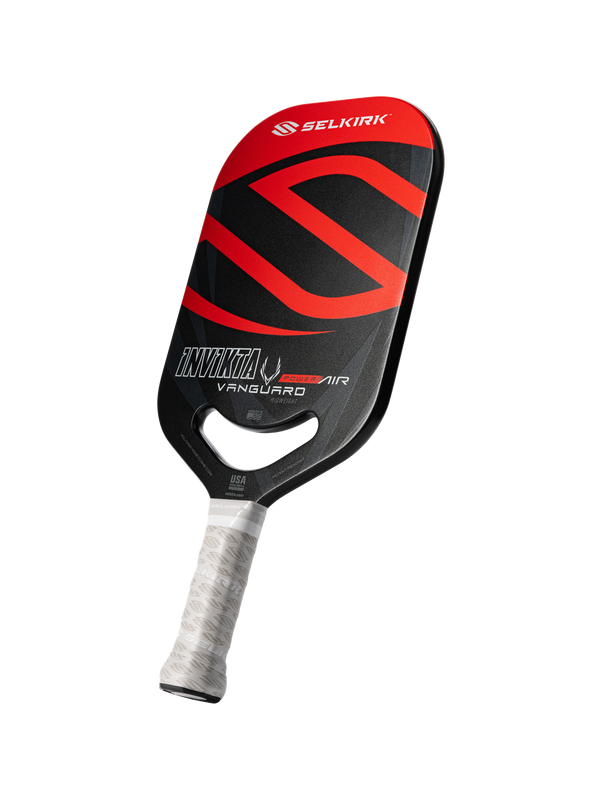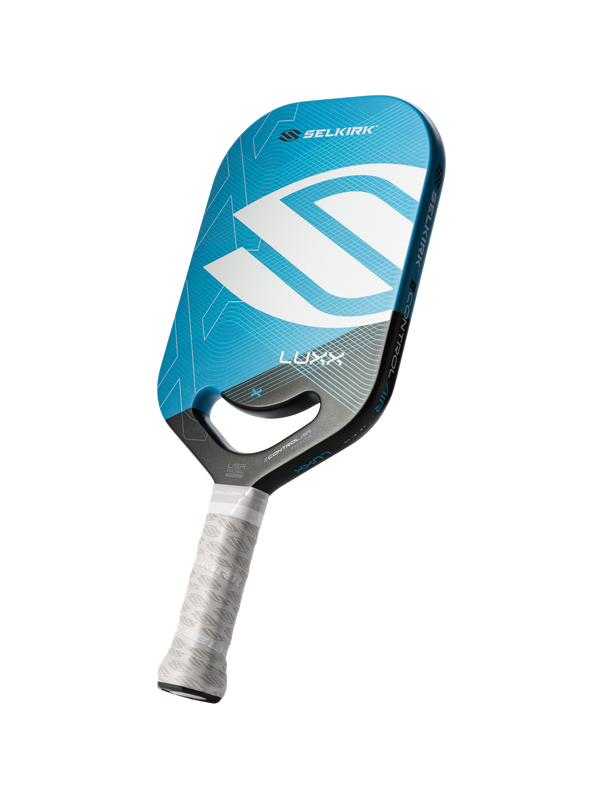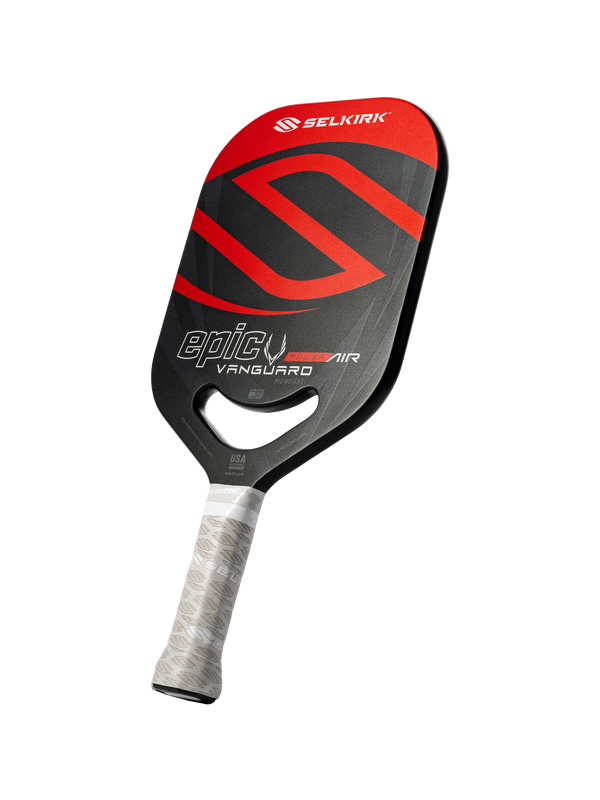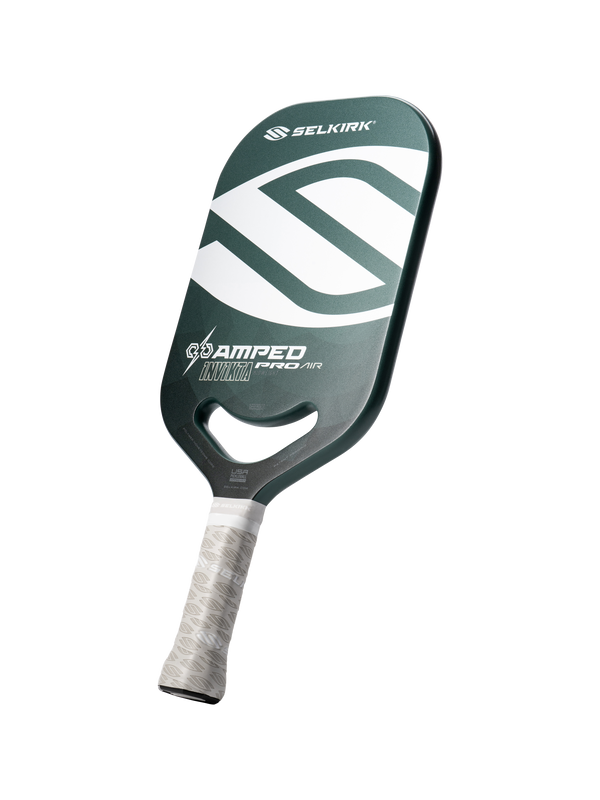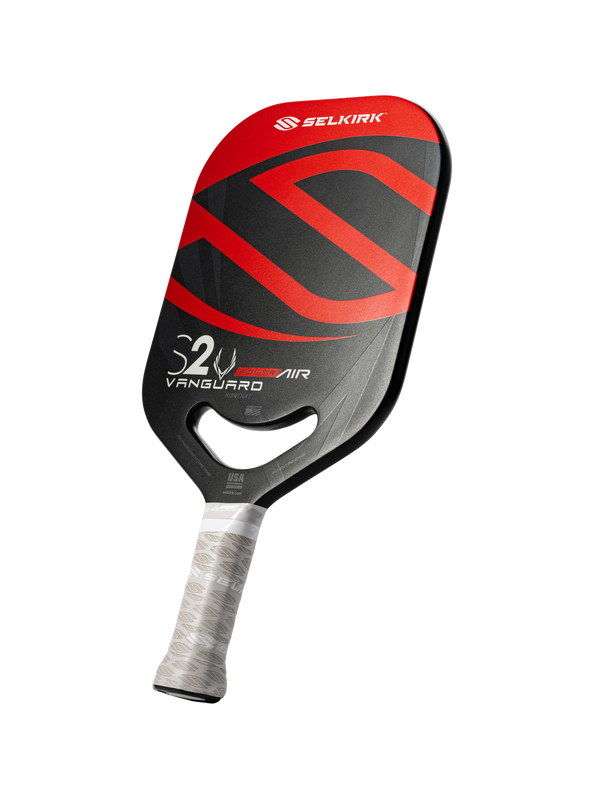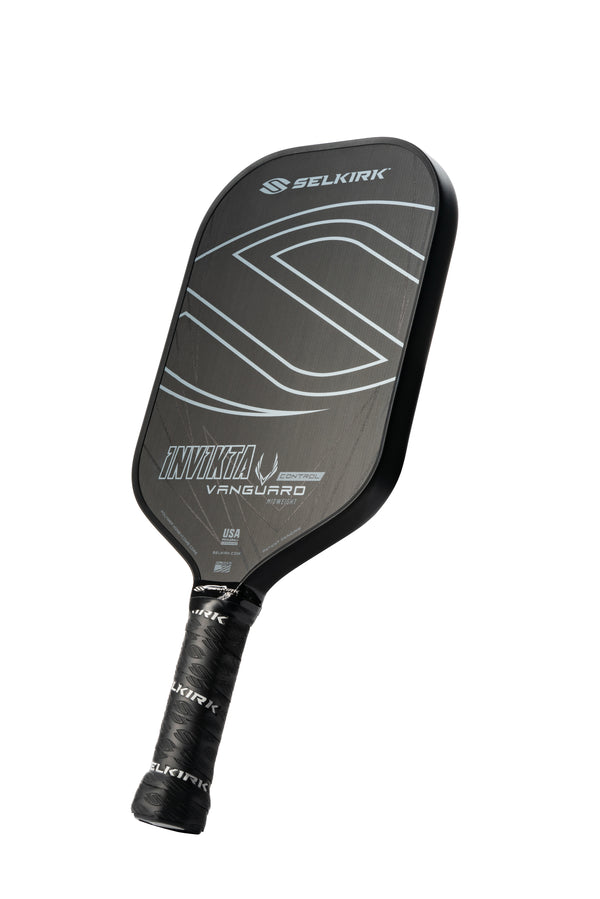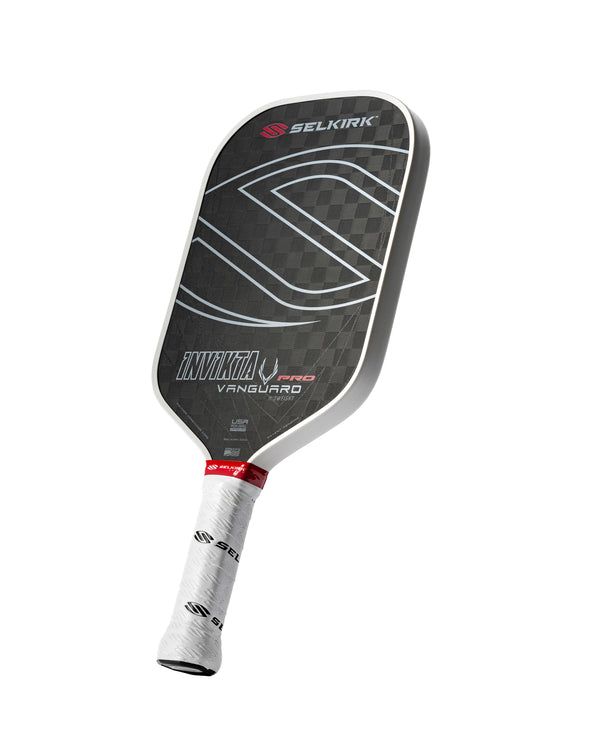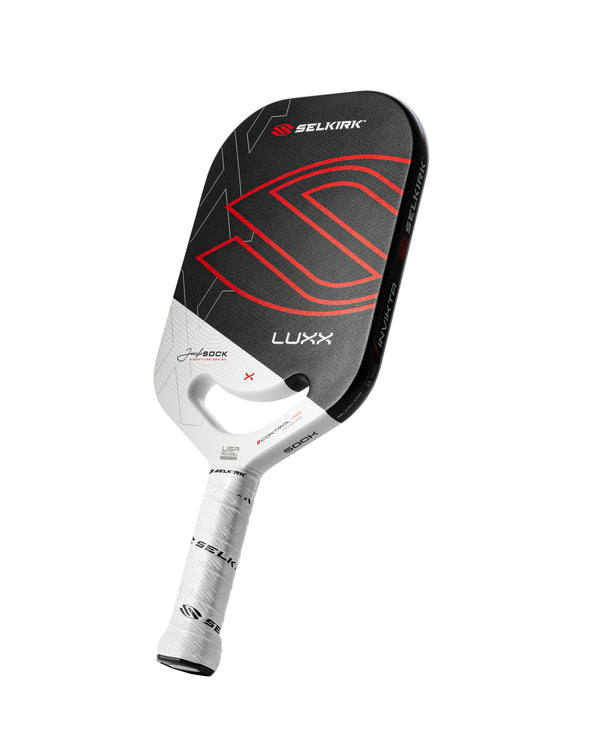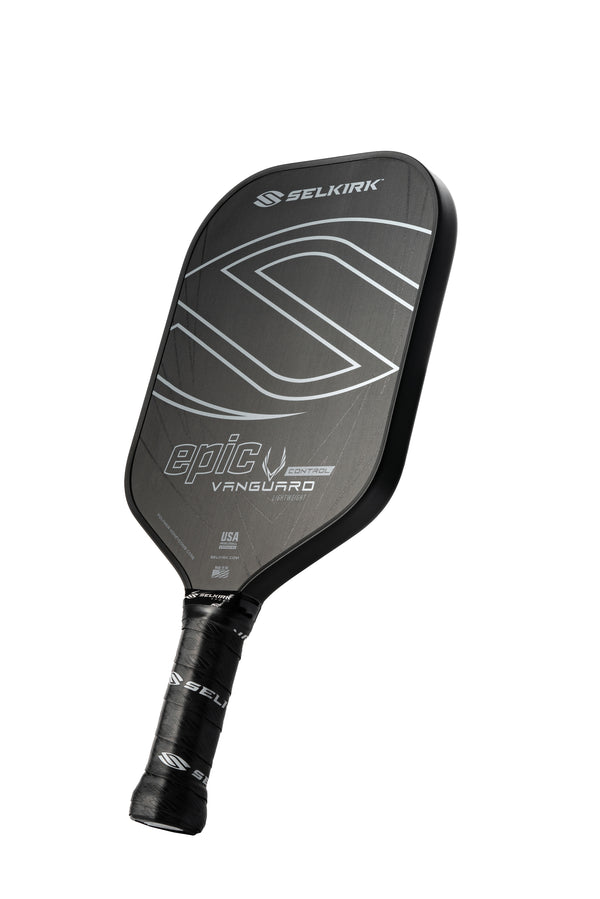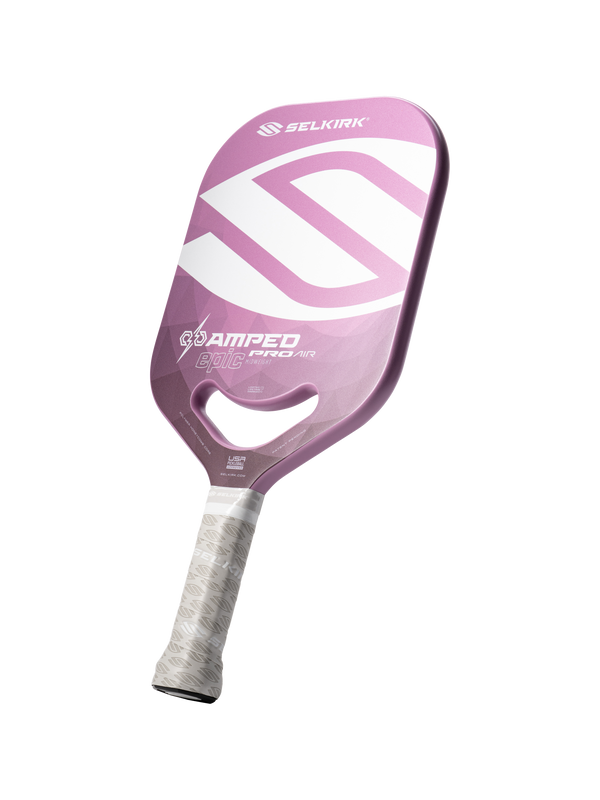Pickleball may be fun and fast-paced, but it still puts serious demands on your body.
Whether you’re playing recreationally or competitively, integrating warm-up and cool-down routines into your sessions is one of the easiest ways to enhance your performance, prevent injuries, and recover more efficiently.
Many players overlook these routines, jumping right into matches or leaving the court abruptly after playing. But just a few minutes of intentional preparation and recovery can make a big difference in how you play — and how you feel afterward.
How warming up improves your pickleball game
A proper warm-up gets your body and mind ready for the intensity of play. It increases blood flow to your muscles, raises your core temperature, and improves mobility and coordination.
This not only helps you move more efficiently on the court but also reduces the risk of strains, sprains, and overuse injuries.
Key elements of a pickleball warm-up
You don’t need a long routine, but you do need a smart one. A good warm-up should last five to 10 minutes and include:
-
Dynamic movements: Arm circles, high knees, butt kicks, leg swings, and hip circles get your joints moving through a full range of motion.
-
Light cardio: Jogging, jumping jacks, or brisk walking gets your heart rate up and prepares your cardiovascular system.
-
Practice swings and volleys: Loosely hitting a few dinks, volleys, or serves helps your body rehearse pickleball-specific motions.
-
Short lateral shuffles: Mimic the side-to-side movement common in pickleball to wake up your lower body muscles, particularly your hips and glutes.
Why a cool-down helps you recover faster after a pickleball match
After the adrenaline fades and your heart rate slows, your muscles are still in a heightened state. Skipping your cool-down can leave you stiff and sore.
A cool-down helps gradually return your body to baseline, aids in removing metabolic waste products like lactic acid, and promotes flexibility.
What to include in a cool-down routine
Spend five to 10 minutes after your session focusing on:
-
Light movement: Slowly walk around the court or do some light footwork to lower your heart rate steadily.
-
Static stretching: Hold stretches for major muscle groups — hamstrings, quads, calves, shoulders, back, and forearms — for 15–30 seconds each.
-
Deep breathing: Incorporate a few minutes of mindful breathing to calm your nervous system and mentally transition out of play mode.
Other tips to support your body before and after play
Beyond warm-up and cool-down routines, here are a few additional habits to enhance your performance and recovery:
-
Hydrate early and often: Dehydration impacts your muscles and reaction time. Drink water before, during, and after you play.
-
Eat a balanced snack: A light carbohydrate- and protein-rich snack post-match helps muscles recover.
-
Use a foam roller or massage ball: These tools can reduce muscle tension and improve circulation.
-
Listen to your body: If you feel unusual pain or fatigue, take the time to rest or modify your routine.


